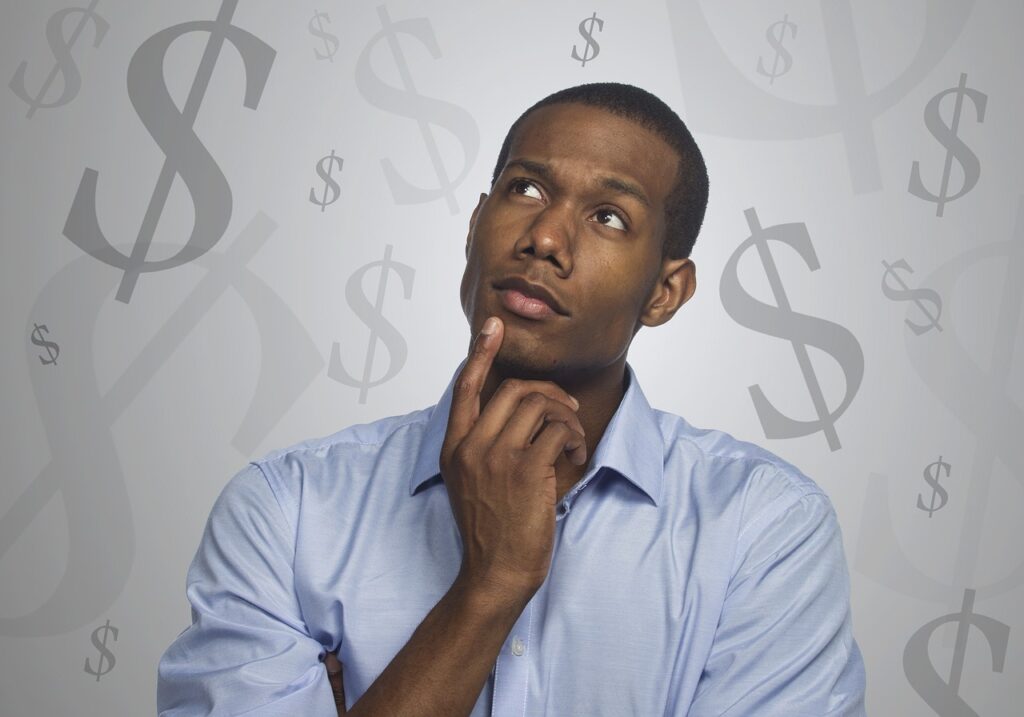Key Takeaways
- A revolving line of credit gives businesses access to a set amount of funds. Businesses can borrow any amount within that set limit.
- As you make payments, your credit limit will be restored, which you can now use again for any business purpose.
- Revolving lines of credit can be used to cover a business's cash flow needs. They can provide working capital so that the business can continue with its daily operations.
- Revolving lines of credit also help with emergencies and any other unexpected incidents.
- Secured revolving lines of credit require property and assets as security, while unsecured revolving lines of credit don’t. Instead, lenders will base approval on creditworthiness and capacity to repay.
- Due to higher risk for the lender, unsecured revolving lines of credit have higher interest rates than secured ones.
- Some examples of revolving lines of credit are secured or unsecured overdrafts, invoice finance, trade and import finance, credit cards, and personal lines of credit.
- Revolving lines of credit can grant businesses fast access to funds, allowing them to address their financial needs quickly. Since the line of credit renews, businesses can use the funds over and over again provided that they make payments.
What is a Revolving Line of Credit?
A revolving line of credit is a way for borrowers to get funds up to a pre approved limit. Businesses can borrow funds as long as they stay within their credit limit. After the amount is paid back, the limit starts over and the funds can be used again. In other words, you can borrow the money, pay it back, and then borrow it again and again, which is why it’s called “revolving.”
Businesses need revolving lines of credit because they help them meet urgent financial needs and pay for everyday costs.
Here are the key features of a revolving line of credit:
- Credit Limit: The lender sets a maximum credit limit based on how creditworthy the borrower is. Borrowers can only get money up to this limit.
- As needed Borrowing: With a term loan, the money is given to the borrower all at once. With a revolving line of credit, the borrower can get money whenever they need it. Borrowers can use and pay back money whenever they want, as long as the amount is below the credit limit.
- Revolving Nature: When you pay back what you borrowed, the money is available to borrow again in the future.
- Interest Charges: You only have to pay interest on the amount of money you actually borrow, not on the whole credit limit.
- Short-Term Financing: People often use revolving lines of credit to cover short-term needs like managing working capital, paying for unexpected costs, or taking advantage of business opportunities.
Business Uses for a Revolving Line of Credit
- Cash Flow Needs: Revolving lines of credit can cover gaps in cash flow. Businesses can access funds in the case of seasonal downturns, uneven cash flow, and other issues.
- Working Capital: Businesses can use revolving lines of credit to manage day-to-day operational expenses. These include payroll, bills, rentals, etc.
- Emergencies and Unexpected Expenses: Emergencies can happen anytime. A revolving line of credit can help cover repairs, cleanup, equipment replacement, medical bills, legal fees, and more.
- Business Opportunities: Businesses may encounter time-sensitive opportunities. Revolving lines of credit help businesses grab opportunities immediately. For instance, access to funds can help a business take advantage of a one-time discount from a supplier.
Secured vs. Unsecured
Revolving lines of credit can either be secured or unsecured. Secured revolving lines of credit simply means the loan is secured by property or assets. On the other hand, unsecured revolving lines of credit do not require property security. Approval is based on the borrower’s creditworthiness, capacity to service a line of credit and guarantees from the business and its owner. Secured revolving lines of credit typically have lower interest rates.
Examples of Revolving Line of Credit
Secured or Unsecured Overdrafts
Secured and unsecured overdrafts allow businesses to access additional funds beyond their account balance. Overdrafts can help cover any sudden cash flow gaps or unexpected expenses.
Invoice Finance
Invoice financing allows businesses to access a percentage of their invoice’s value as soon as the invoice is written. Through invoice financing, businesses can get access to funds before their customers have paid. Thus, businesses can pay for their expenses and afford to undertake new contracts.
Trade & Import Finance
Trade and import finance help businesses engage in import and export activities. This type of financing provides businesses with the funds to purchase inventory to fulfil orders.
Credit Cards
Credit cards are a widely used form of revolving credit. Cardholders are assigned a credit limit, and they can make purchases up to that limit. Minimum monthly payments are required, and interest is charged on any outstanding balance.
Personal Line of Credit
A personal line of credit allows an individual to access funds within a credit limit. The borrower can borrow, repay, and borrow again, with interest only being charged on the outstanding balance.
Advantages of Revolving Line of Credit for Small Businesses
Fast access to funds
Businesses can access funds whenever they need, as long as the amount is within the credit limit. This fast access helps businesses manage cash flow issues, emergencies, and time-sensitive opportunities.
Renewing source of funding
Revolving lines of credit renew as they are paid down, which means that as long as borrowers are paying, they can continue to gain access to funds they need for their business.
Can be used for any legitimate business purpose
Borrowers have the freedom to use their revolving line of credit in any manner as long as it is used for legitimate business purposes. For instance, businesses can choose to allocate parts of their credit limit to certain purposes like emergency preparation.
Helps manage cash flow through growth periods and seasonal downturns
There will come a time when a business will face financial issues. Cash flow issues, seasonal downturns, and industry-specific problems can put a strain on a business’s finances. A revolving line of credit can help address these issues and keep businesses afloat through hard times.
Get a Revolving Line of Credit for Your Business
We can help you find the best revolving line of credit for your business. As loan experts, whether you need an overdraft or invoice financing, we can guide you in the right direction. Contact us to find out your options.
Disclaimer: Loans and the benefits associated with them are only available to those who have been approved. The information provided on this page is general and does not consider your individual circumstances. It is not meant to serve as a substitute for professional advice, and you should not rely on it for any decisions. Always consult with a professional regarding finance, tax, and accounting matters before making any choices or taking action.




